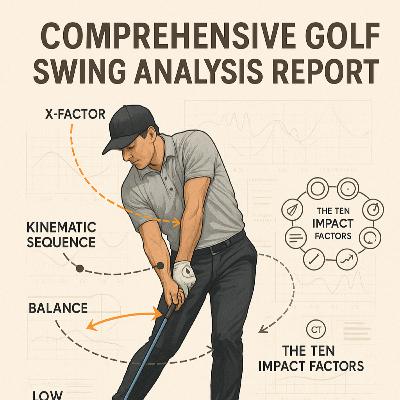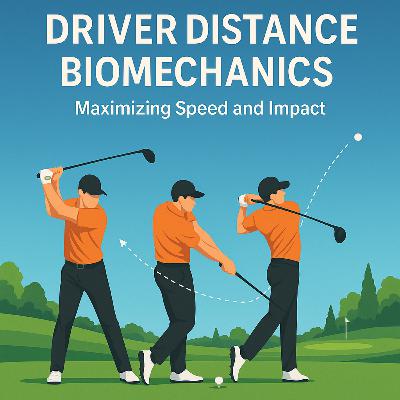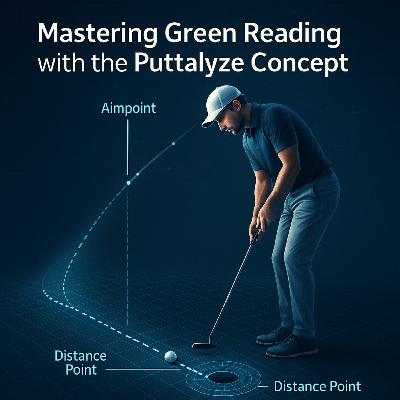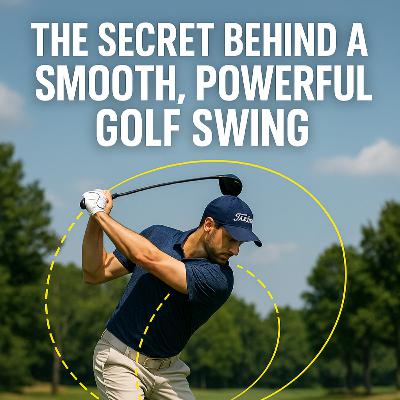#362 Comprehensive Golf Swing Analysis Report
Description
An efficient golf swing is a biomechanical chain reaction: energy is stored, sequenced, transferred, and finally delivered at the exact moment of impact. Based on the image provided and supported by leading golf performance data, the following report outlines the most critical elements that determine swing quality and consistency.
1. Kinematic Sequence and Energy Transfer
The downswing is not a random motion but a precise sequence. Power originates from the ground and is released step by step—pelvis first, followed by chest, then arms, and finally the club. This sequencing, measured by modern motion analysis tools, ensures the highest efficiency.
Two key components define this phase:
- Body Rotation: At impact, the chest turns toward the target while the pelvis is already open, allowing energy to flow naturally through the body.
- X-Factor: During the backswing, the chest rotates against the pelvis, creating separation between upper and lower body. This stored energy acts like a coiled spring and, when released correctly, produces explosive yet controlled strikes.
2. Balance and Weight Transfer
No swing is effective without proper weight shift. At impact, the majority of weight must be forward on the lead foot. Golfers who remain on the trail side lose both distance and accuracy. A balanced finish (P9) is proof that energy has flowed efficiently from start to finish.
3. Impact Delivery Mechanics
Impact (P7) is the only moment where club and ball connect, making it the decisive factor in every shot. Three aspects stand out:
- Forward Shaft Lean: The hands should be slightly ahead of the ball, forcing the shaft to lean forward. This compresses the ball and produces a penetrating flight. Without it, players “scoop,” losing spin control and consistency.
- Low Point Control: The bottom of the swing arc must occur just after the ball. Poor control here leads to fat or thin strikes.
- Posture at Address: The setup position (P1)—grip, alignment, and balance—lays the foundation for everything that follows.
4. The Ten Impact Factors
Impact is influenced by ten measurable variables grouped into five categories:
- Contact Quality: Centered strikes deliver power; heel or toe contact alters spin.
- Clubface Orientation: Open faces start the ball right, closed faces left—this is the single greatest determinant of initial direction.
- Club Movement: Swing path and attack angle shape trajectory. A driver benefits from a shallow or ascending angle, while irons require a descending blow.
- Low Point Control: Determines clean strikes versus mishits.
- Clubhead Speed: A multiplier of distance, but only valuable when mechanics are solid.
5. Biomechanical Swing Style (Bio Swing Dynamics)
Every golfer swings within one of three biomechanical “Core” styles, dictated by the trail arm:
- Upper Core: Arm above shoulder level, requiring diagonal hinging.
- Middle Core: Neutral arm position, horizontal hinging.
- Lower Core: Arm below torso, vertical hinging.
From the image, the swing appears to lean toward Middle-to-Upper Core, suggesting a powerful, dynamic motion that must be paired with controlled side bend and disciplined sequencing to avoid inconsistency.
6. Coaching Priorities
To refine this swing further:
- Train forward shaft lean with impact bag drills.
- Improve X-Factor stretch using medicine ball rotations.
- Enhance low point control with line drills on the range.
- Manage side bend to protect the lower back and ensure long-term performance.
Conclusion
The outcome of any golf swing is determined by a clear sequence of biomechanical principles. Rotation, balance, impact mechanics, and swing style each play a role, but the common thread is efficiency: the ability to deliver stored energy precisely at impact. With structured training and the support of AI-based motion analysis, these principles can be measured, refined, and ultimately mastered.
























